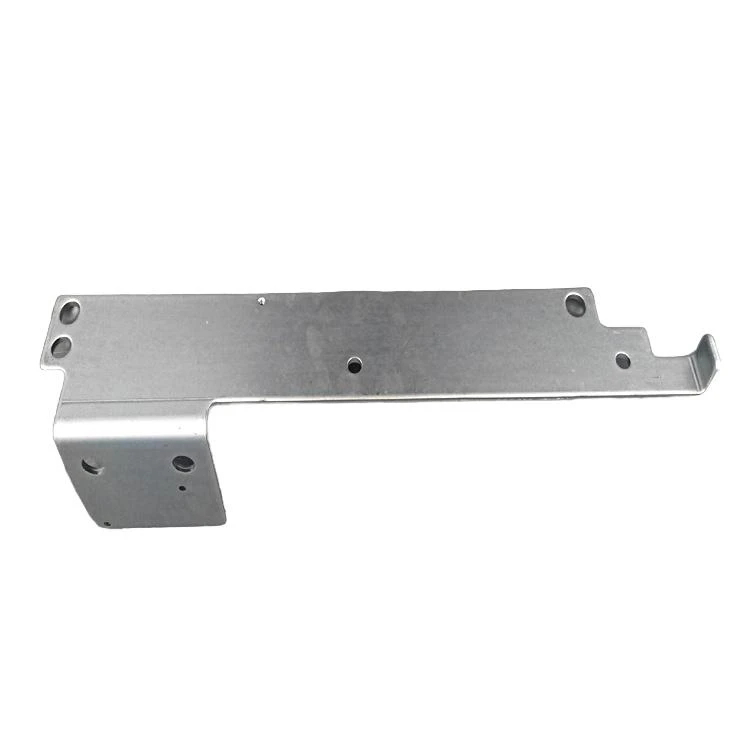types of pressure die casting
Types of Pressure Die Casting An In-Depth Exploration
Pressure die casting is a highly efficient and precise manufacturing process used primarily for producing parts from non-ferrous metals, especially aluminum, zinc, and magnesium. This method involves forcing molten metal into a mold cavity under high pressure, allowing for the creation of complex shapes with exceptional dimensional accuracy and surface finish. Understanding the different types of pressure die casting is essential for manufacturers looking to optimize their production processes, improve product quality, and reduce costs. In this article, we will explore the main types of pressure die casting, their characteristics, advantages, and applications.
1. Hot Chamber Die Casting
Hot chamber die casting, also known as gooseneck die casting, is characterized by its use of a furnace that keeps the metal in a molten state within the machine itself. This method is ideal for metals with low melting points, such as zinc and magnesium. During the process, the molten metal is drawn from the furnace into a chamber and then forced into the mold under high pressure.
One of the primary advantages of hot chamber die casting is its speed; the cycle time is relatively short, making it an efficient process for high-volume production. Additionally, since the molten metal remains in the furnace, the risk of oxidation is minimized, resulting in a high-quality finish. However, this method is limited to lower melting point metals, which restricts its applications.
Cold chamber die casting is preferred for metals with higher melting points, such as aluminum and copper. Unlike hot chamber die casting, the molten metal is poured into the chamber from an external furnace. Once the metal is in the chamber, a plunger pushes it into the die under high pressure.
This method provides greater flexibility in terms of the types of metals that can be cast, as it is not limited by the melting point constraints of the casting machine. However, the cold chamber process typically has a longer cycle time compared to the hot chamber method, making it less suitable for extremely high-volume production.
types of pressure die casting

3. Low-Pressure Die Casting
Low-pressure die casting is a technique that utilizes lower pressures (typically between 1 to 2 bar) to push the molten metal into the mold. This method is often used for larger and more complex parts that require a fine finish and high structural integrity. The low-pressure process allows the metal to flow more evenly into the mold cavities, reducing the likelihood of defects such as porosity and air traps.
Low-pressure die casting is especially beneficial for producing intricate designs and components used in the automotive and aerospace industries. While it may not be as fast as other methods, its ability to yield superior-quality parts justifies its use in applications where precision and reliability are paramount.
4. Vacuum Die Casting
Vacuum die casting is a specialized technique that uses a vacuum to assist in drawing the molten metal into the mold. This method is designed to eliminate air from the mold cavity, thereby reducing defects and ensuring a more uniform distribution of metal. Vacuum die casting is particularly effective for producing high-performance components that require excellent mechanical properties and surface finish.
One of the notable advantages of vacuum die casting is that it significantly enhances the density and strength of the final product. It is often utilized in industries that demand high-quality parts, such as aerospace, medical devices, and premium automotive components.
Conclusion
In summary, pressure die casting encompasses various methods, each with its unique advantages and applications. Hot chamber and cold chamber die casting are the most common, with their respective suitability for low and high melting point metals. Low-pressure and vacuum die casting techniques further expand the possibilities for producing complex and high-quality components. Understanding these different types can help manufacturers select the most appropriate method for their specific needs, ultimately leading to improved efficiency, reduced costs, and enhanced product quality.
-
crawler mounted drill rig-Baoding Hairun Machinery And Equipment Trading Co., Ltd.|Underground Drilling Solutions, Confined Space EfficiencyNewsAug.16,2025
-
Custom OEM Couplings | Precision Machining & ManufacturingNewsAug.16,2025
-
Advanced Drilling Solutions for Confined Spaces - Baoding Hairun Machinery | Crawler Mounted Drill Rig&Confined Space ApplicationsNewsAug.16,2025
-
Drill For Confined Spaces-Crawler Drill Rig for Mining Applications|Baoding Hairun Machinery And Equipment Trading Co., Ltd.NewsAug.16,2025
-
Crawler Mounted Drill Rig-Baoding Hairun Machinery And Equipment Trading Co., Ltd.|Compressed Air Power&Frame SupportNewsAug.15,2025
-
Crawler Drilling Rig - Baoding Hairun|Confined Space Drilling&Mine SafetyNewsAug.15,2025















